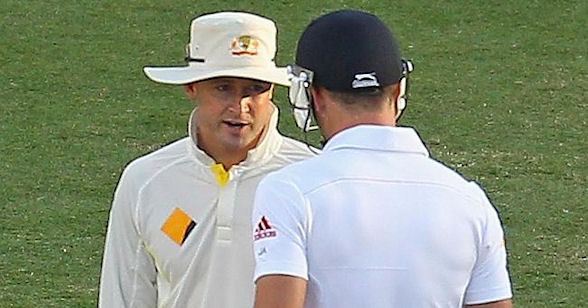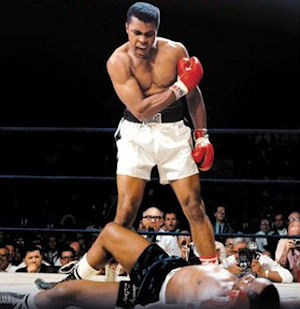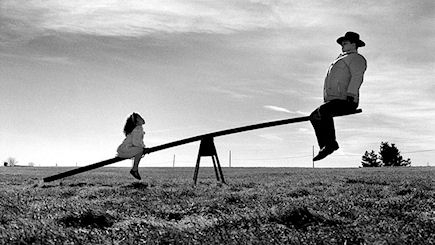Even if you’re only a casual poker player, you’ve probably heard of the term “leverage”. A crucial concept generally more applicable to tournaments than cash games – although it can be applied to both – leverage can give you a huge advantage over your tournament opponents if used correctly.

So what is leverage? This refers to the ability to put an opponent’s entire stack at risk with a bet or a raise without necessarily putting your own tournament life on the line. That is, taking advantage of situations where the only way your opponent can continue in the hand is to basically make a decision for all of their chips.
This is a common situation short stacks find themselves facing. When down to 15 big blinds or less, short stacked players understand they are no longer in a position to just call, so their pre-flop decisions comes down to a simple fold or shove scenario. As a result, even a minimum 2x raise (two times the big blind) will often be enough to force a fold even though the short stack is technically getting pretty good odds to make the call. By opening to 2x here, you are using the concept of leverage to your advantage.
Let’s look at an example where short stacks aren’t involved. Two good, aggressive players – we’ll call them Player A and Player B – are battling it out early in a tournament with 10,000 chips or 100 big blind stacks behind them. An early position player limps into the pot for 100 and Player A raises it up to 400. Player B suspects Player A is simply trying to isolate the limper and re-raises to 900. However, Player A knows what Player B is up to and re-pops them to 2,000.
This is already 20 percent of Player As stack but with 8,000 still behind there is plenty of wiggle room remaining. However, unless he does actually have a premium hand, Player B finds himself in a tough spot. Even if he believes Player A is probably bluffing, he is risking his tournament life by calling or raising – and that’s an expensive mistake to make if he is wrong.

By making this final raise against a player he knows is capable of bluffing, Player A is using leverage to basically put his opponent to a decision for his tournament life. And when Player B folds, that’s around 11 big blinds Player A is adding to his stack without ever having to see a flop – so you can see what a valuable tool leverage can be.
As they say, practice makes perfect but master the art and you’ll have developed an extremely effective means of adding to your stack late in a tournament.







